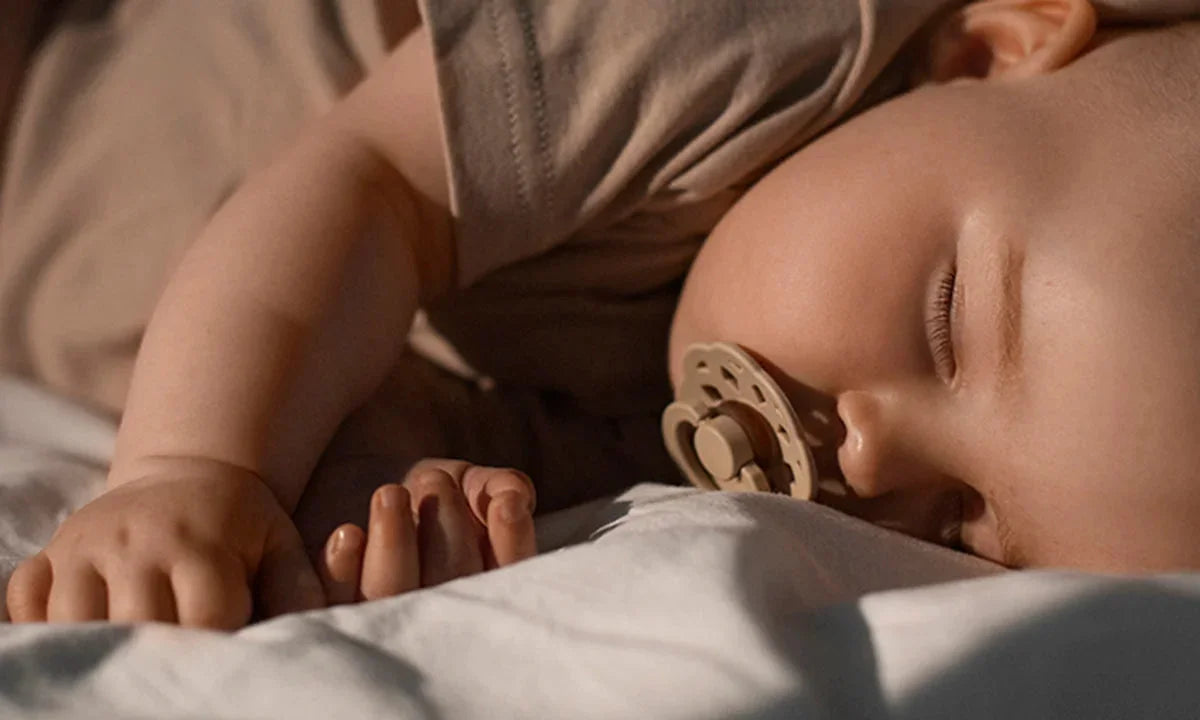Ensuring Safe Sleep for Your Little One: Tips from Pediatric Experts
Ensuring Safe Sleep for Your Little One: Tips from Pediatric Experts
Before you bid your little one goodnight, it's crucial to establish safe sleeping practices, following the ABCs recommended by the American Academy of Pediatrics (AAP). Let's delve into these recommendations to help prevent positional plagiocephaly:
1. ABC of Safe Sleep: Alone, Back, and Crib
- Your baby should always sleep alone in their Crib.
- Avoid co-sleeping; it's safer for your baby to share the same room as you without sharing the same bed. You can place a crib next to your bed.
- Ensure the room is free from smoke and pollutants.
- Keep the room at a comfortable, cool temperature to prevent overheating.
2. Back is Best
- Place your baby on their back to sleep in their Crib and encourage tummy time during awake hours.
- To prevent flat spots on your baby's head, vary their sleep direction daily.
3. Safe Sleep Environment in the Crib
- Always choose a crib or bassinet that meets current safety standards.
- Provide your baby with a firm sleep surface within their Crib.
- Keep the Crib empty by removing loose bedding, bumpers, and toys, as they pose safety risks.
- Avoid using sleep positioning devices in the Crib as there's no evidence they are effective, and, in some cases, they can be dangerous if your baby rolls out of them.
Remember, these guidelines, based on the ABCs of safe sleep, are endorsed by the American Academy of Pediatrics, ensuring the safety and well-being of your precious little one.
Source:
- Moon Rachel Y. SIDS and Other Sleep-Related Infant Deaths: Expansion of Recommendations for a Safe Infant Sleeping Environment. Task Force on Sudden Infant Death Syndrome. 2011; 128; 1341-1358.
